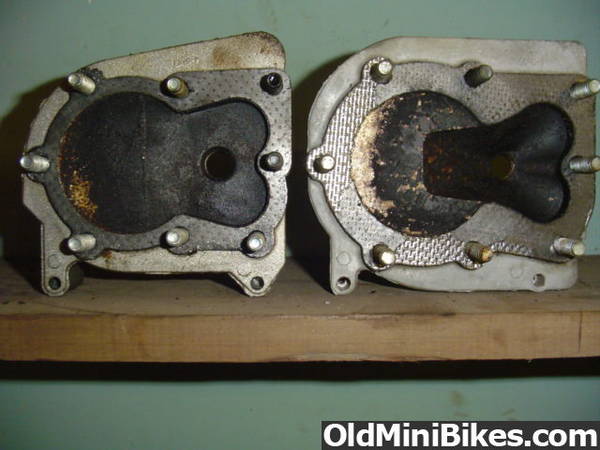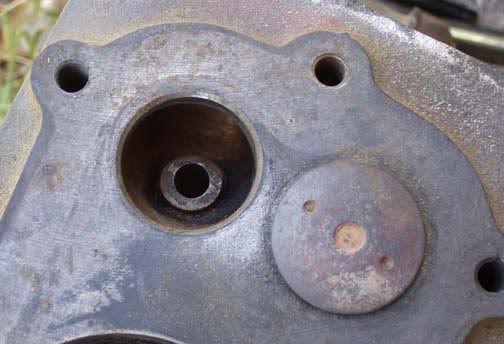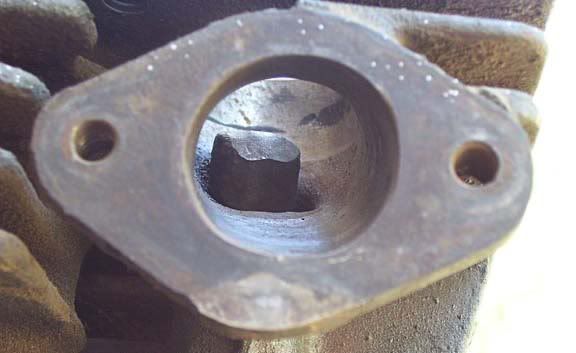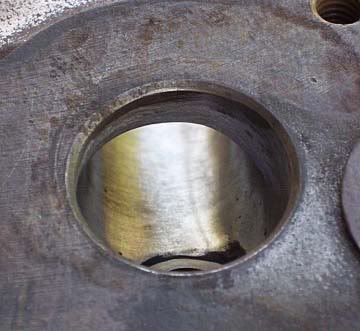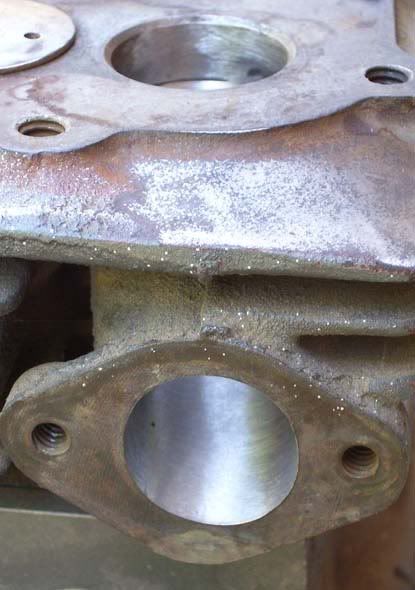Just thought I'd share one of my unusual engines. It's a B&S model 14 built I suspect some time in the '50s. The "14" apparently stands for 14 cubic inches and was a 5hp model. It has a small bore and long stroke and makes tons of torque while doing it smoothly. Nice and docile...of course I had to fix that. :shifty:
Here is a nice restored example of what they look like:

And here is mine:
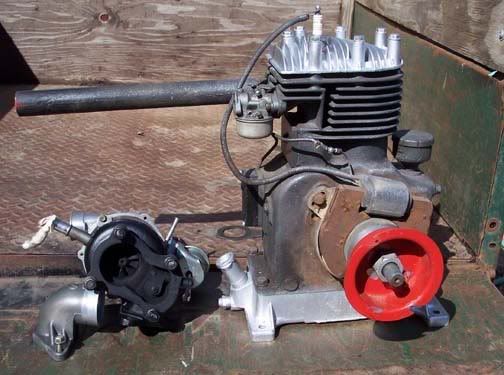
The magneto is separate from the flywheel, so I made a little aluminum one to replace the 12lb iron stocker. I also took the liberty of milling the head a lot too much, porting the intake side, and back cutting the valves. I found out the hard way with bruised hands that the cam-mounted compression release no longer works.
I have it all torn apart right now so I can do some more porting. This thing has some huge valve guides(5/16" stems) and I need to carve on the part that sticks into the port. It would be cake to fit an oversized titanium intake valve if I was still working in a machine shop.
Here is a nice restored example of what they look like:

And here is mine:

The magneto is separate from the flywheel, so I made a little aluminum one to replace the 12lb iron stocker. I also took the liberty of milling the head a lot too much, porting the intake side, and back cutting the valves. I found out the hard way with bruised hands that the cam-mounted compression release no longer works.
I have it all torn apart right now so I can do some more porting. This thing has some huge valve guides(5/16" stems) and I need to carve on the part that sticks into the port. It would be cake to fit an oversized titanium intake valve if I was still working in a machine shop.

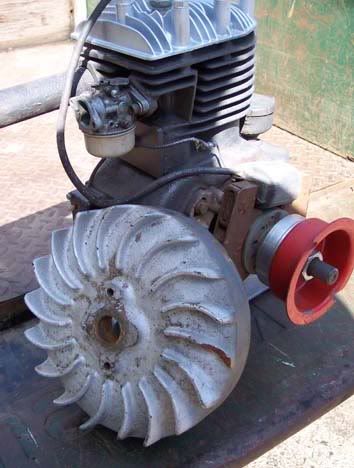

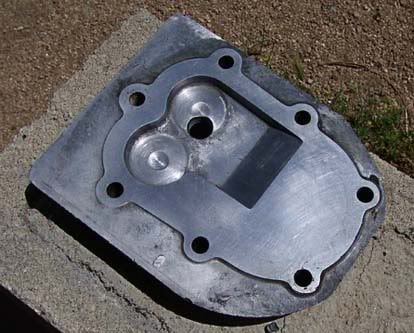
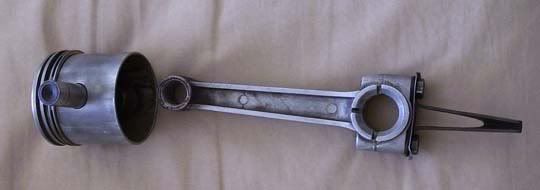
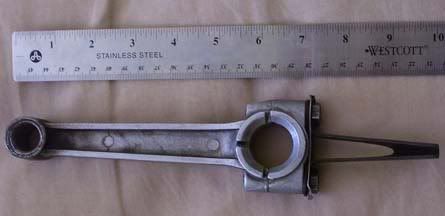
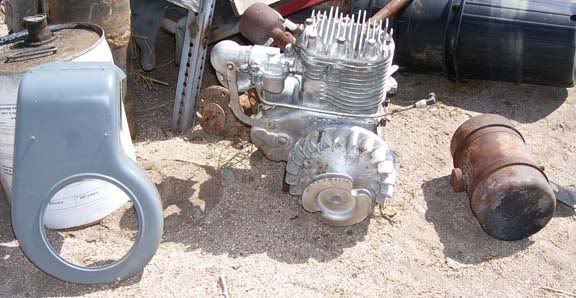
 .......................
.......................